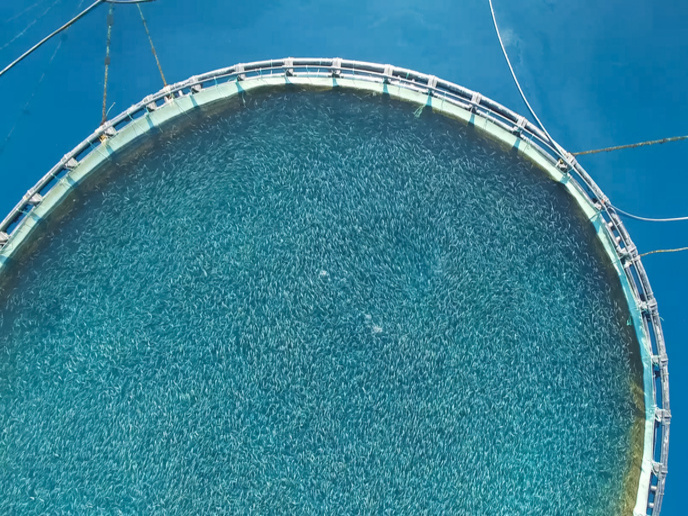Focus on fish to address food system imbalances
Food security describes the ability of all people at all times to access sufficient quantities of food to meet their nutritional needs. This concept is typically broken down into four key pillars: availability, access, stability (is there enough food available through time) and utilisation (the quality of the nutrients in that food). “Food policy has tended to focus mainly on availability and stability,” explains FAIRFISH(opens in new window) project coordinator Christina Hicks from Lancaster University(opens in new window) in the United Kingdom. “The result of this is that we have stores full of shelf-stable foods that tend to be nutrient-poor. Insufficient attention to quality can lead to nutritional deficiencies.” FAIRFISH was funded by the European Research Council(opens in new window). Hicks also notes that the focus on availability also overlooks whether people are actually able to access food, ignoring factors such as social precarity, wealth and geography.
Predictive model for nutritional values
The FAIRFISH project sought to address this imbalance with a focus on fish – a sustainable and nutritious source of food that can help to better address the access and utilisation aspects of food security. “People also often think of aquaculture when they think of fish,” says Hicks. “But about half of the fish we consume actually comes from wild fisheries, and half of that comes from small-scale fishing – individuals or families going out in small boats, who feed hundreds of millions of people from low- and middle-income countries.” The project began by looking at how fish can address the issue of quality in food security. Nutritional data was gathered on around 600 species. “There is huge variation in the types of fish we consume,” says Hicks. “We wanted to know what nutrition information is out there, and what gaps there are.” From this data, a predictive model was developed, enabling the team to estimate the nutritional value of thousands of species. This work was published in an article in ‘Nature’(opens in new window).
Examining local and global power dynamics
“We also looked at access,” adds Hicks. “Who is it that gets to eat fish? How do local and global power dynamics shape that?” The project team demonstrated that while large volumes of nutrients are being pulled from the sea, this nutritional value does not always end up in local diets. “We were able to show that while markets are really important for supporting food security, they don’t function equitably everywhere,” notes Hicks. “For example, the fishmeal market drives the extraction of key nutrients away from regions in the tropics and West Africa.”
Supporting a more equitable food system
The project confirmed that while supplies of fish can boost the quality aspect of food security, access remains a complex issue. This feeds into the emerging concept of food sovereignty, which emphasises the importance of people being able to make decisions around their food. “We don’t need more micronutrients – it is rather a question of how we support a more equitable food system that provides everyone with what they need,” explains Hicks. “One of the issues we identified was the lack of shared data between sectors like fisheries, trade and financing.” The FAIRFISH projects aims to better integrate these sectors, in part by making data and knowledge freely accessible. The project has put all its findings onto the FishBase(opens in new window) database, providing users with an extra layer of valuable nutrient information.







